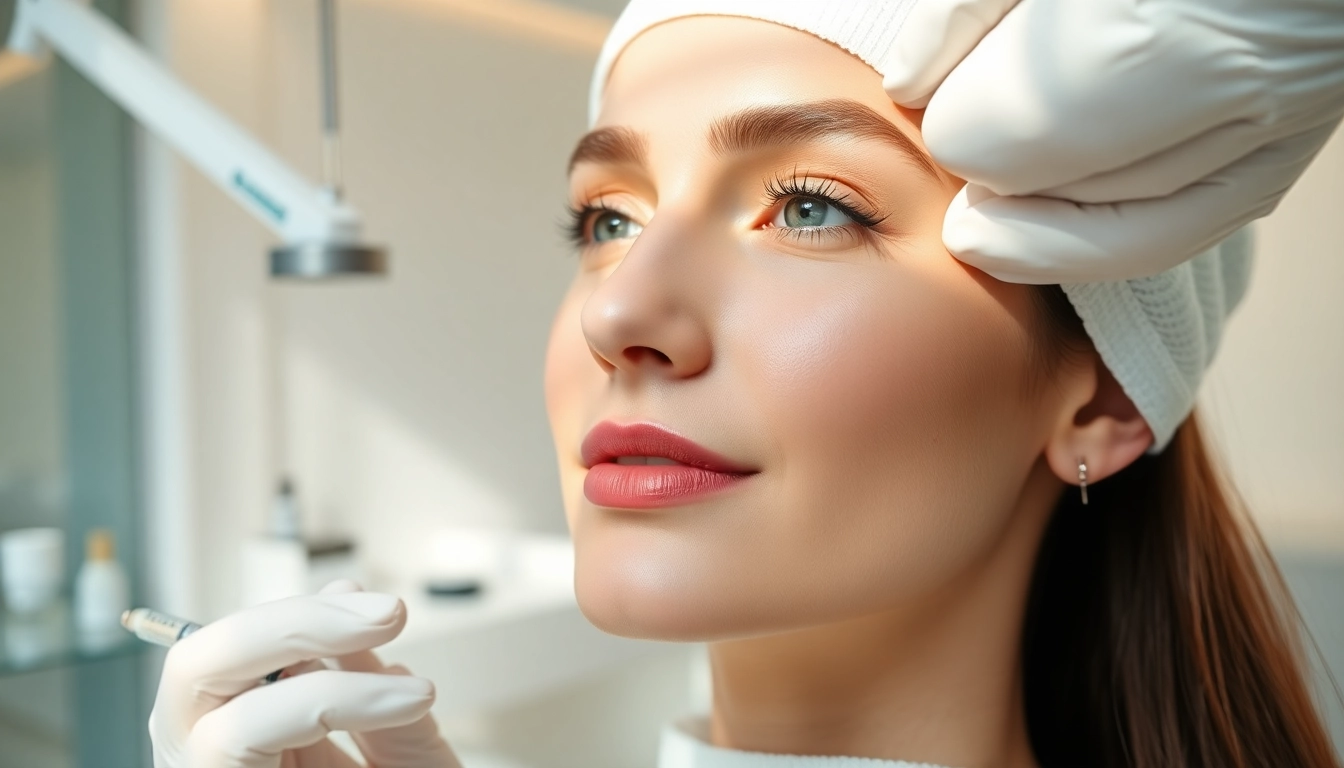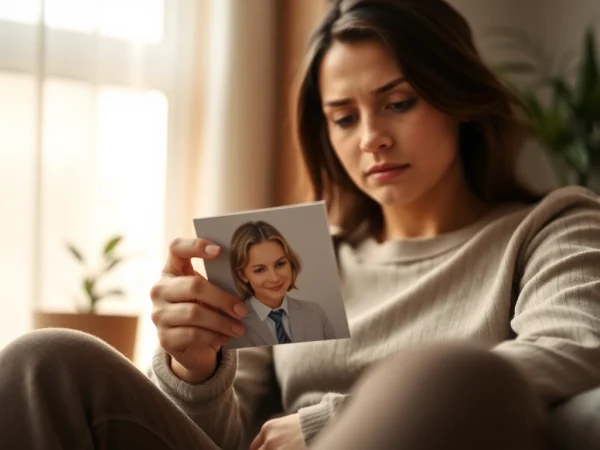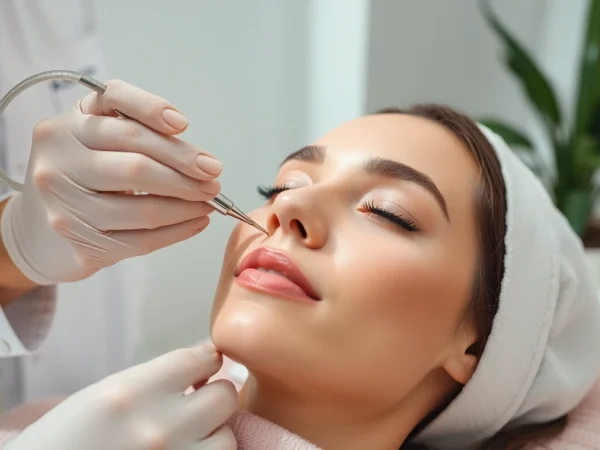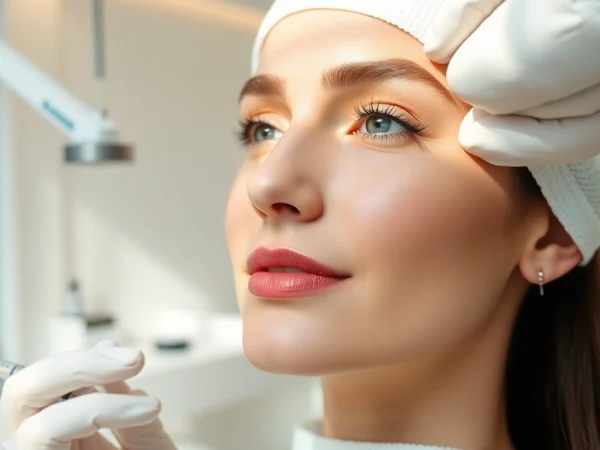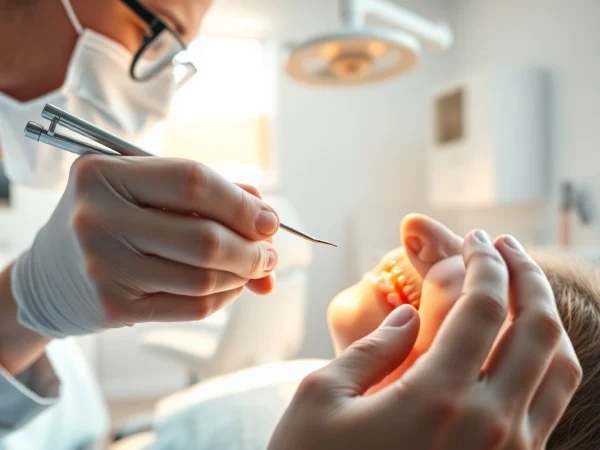Effective Techniques for Crows Feet Botox: Achieving Youthful Radiance
Understanding Crows Feet and Their Causes
Crows feet, those fine lines and wrinkles that radiate from the corners of the eyes, are one of the most common signs of aging that individuals face. While these wrinkles can add character to a person’s face, many desire to reduce their appearance for a more youthful look. Understanding crows feet requires an exploration of their causes, the role of aging, and environmental factors that contribute to their formation.
Main Causes of Crows Feet
The development of crows feet can be attributed to a variety of factors. The primary causes include:
- Facial Expressions: Repeated muscle contractions, such as squinting or smiling, cause the skin to crease. Over time, these creases develop into permanent lines.
- Sun Exposure: Ultraviolet rays from the sun can damage collagen and elastin in the skin, essential components for maintaining its elasticity and firmness.
- Dry Skin: Lack of moisture can exacerbate the appearance of fine lines. As skin loses hydration, it becomes less supple and more prone to wrinkling.
- Smoking: The toxins in cigarettes can accelerate skin aging by reducing blood flow and oxygen to the skin.
- Genetics: Family history can play a role in how and when wrinkles appear. Those with a genetic predisposition for skin aging may notice crows feet earlier.
The Role of Aging in Skin Changes
Aging is one of the most significant factors contributing to the development of crows feet. As individuals age, the skin naturally goes through various changes:
- Decreased Collagen Production: Around the age of 30, collagen production diminishes, resulting in less firm and elastic skin.
- Thin Skin: The epidermis thins with age, which reduces the skin’s ability to bounce back from repeated movements.
- Fat Loss: Loss of fat in the face can lead to sagging skin, which highlights the appearance of wrinkles, including crows feet.
Environmental Factors Affecting Eye Area
In addition to aging, environmental factors can greatly influence the development of crows feet:
- Pollution: Exposure to pollutants can lead to oxidative stress, accelerating skin aging.
- Harsh Weather Conditions: Extreme temperatures and winds can dry out the skin, causing it to lose its elasticity.
- Digital Strain: Prolonged exposure to screens can lead to squinting, exacerbating the formation of crows feet.
How Crows Feet Botox Works
One of the most popular solutions for treating crows feet is crows feet botox, a non-surgical procedure that involves injecting a purified protein that temporarily relaxes the muscles responsible for wrinkle formation. This section delves into the science and benefits of Botox for crows feet.
The Science Behind Botox Injections
Botox, or botulinum toxin type A, is derived from the bacterium Clostridium botulinum. While often feared due to its association with food poisoning, when used safely in small doses, Botox has therapeutic properties. It works by blocking nerve signals that cause muscle contractions, thereby reducing the appearance of dynamic wrinkles.
How Botox Relaxes Facial Muscles
During a Botox treatment for crows feet, a trained professional will administer small doses of Botox into the outer corners of the eyes. This procedure works as follows:
- The protein binds to neuromuscular junctions, preventing the release of acetylcholine, which is crucial for muscle movement.
- As a result, the muscles that contract during smiling or squinting are relaxed, leading to smoother skin in the treated areas.
- Over time, this relaxation reduces the formation of new lines, allowing the skin to appear not only younger but also more refreshed.
Benefits of Using Botox for Crows Feet
Utilizing Botox as a treatment for crows feet offers several benefits:
- Quick Treatment Time: The procedure typically takes only 10-15 minutes, making it convenient for individuals with busy schedules.
- Minimally Invasive: Unlike surgical options, Botox is non-invasive and requires no downtime for recovery.
- Natural Results: When administered correctly, Botox provides subtle and natural results, preserving facial expressions while reducing wrinkles.
- Long-Lasting Effects: Results can last 3 to 6 months, making it a popular choice for individuals seeking temporary solutions.
Preparing for Your Botox Treatment
Preparation is key to ensure a smooth Botox treatment experience. Understanding the consultancy process, what to expect before the treatment, and pre-treatment care can help alleviate any anxieties.
Consultation Process Explained
The consultation is a crucial step before Botox injections. It typically involves:
- Medical History Review: Your injector will ask about your medical history and any medications you are currently taking to mitigate any risks.
- Discussion of Goals: Sharing your aesthetic goals helps the practitioner tailor the treatment to meet your needs.
- Anticipated Outcomes: The practitioner will explain what results you can expect, helping to manage expectations realistically.
What to Expect Before the Treatment
In the days leading up to your Botox treatment, there are several considerations:
- Avoid Certain Medications: It’s advisable to avoid blood-thinning medications, like aspirin and ibuprofen, a few days before treatment to minimize bruising.
- No Alcohol: Refraining from alcohol before treatment can further reduce the risk of bruising.
- Arrive Early: Arriving early allows for a relaxed consultation and the opportunity to ask any last-minute questions.
Pre-Treatment Care and Guidelines
Following these pre-treatment care guidelines can contribute to a better outcome:
- Hydration: Drink plenty of water leading up to your appointment to ensure optimal skin hydration.
- Rest: A good night’s sleep beforehand can help your body and mind be in the best condition for treatment.
The Botox Injection Process
Knowing what to expect during the injection process can help reduce anxiety and ensure a positive experience. The following outlines the step-by-step process.
Step-by-Step Injection Guide
The Botox injection process typically follows these steps:
- Cleansing the Area: The practitioner will cleanse the skin around your eyes to eliminate any impurities.
- Marking the Injection Points: Small dots may be marked on your skin to indicate where the injections will be made.
- Injecting Botox: Using a fine needle, the practitioner will inject Botox into the designated areas. Patients may feel a slight pinch or sting during this process.
- Aftercare: Post-injection care instructions will be provided to ensure optimal results.
Duration and Comfort of the Procedure
The entire process usually lasts about 10-15 minutes. Most patients find the discomfort to be minimal, often comparing it to a quick pinch. Numbing agents or ice may be applied beforehand for those with lower pain tolerance.
Post-Treatment Care Instructions
Following your Botox injections, certain aftercare instructions are important to follow:
- Avoid Rubbing the Area: It’s crucial not to massage or rub the treatment area to prevent the Botox from spreading to unintended muscles.
- No Strenuous Activity: Avoid heavy exercise for 24 hours following treatment.
- Stay Upright: Remain upright for a few hours post-treatment to help the Botox settle into the intended muscles.
Results and Expectations from Crows Feet Botox
Understanding the results and setting expectations is vital for anyone considering Botox for crows feet. This section will cover timelines, possible side effects, and maintenance of results.
Timelines for Visible Results
Results from Botox typically become noticeable within 3 to 7 days post-treatment. Maximum results will be visible at around two weeks, where you can fully appreciate the impact of the procedure. Most individuals will experience a natural-looking reduction of wrinkles that lasts for several months.
Possible Side Effects and Management
While Botox is generally safe, some side effects can occur. These may include:
- Bruising: As with any injection, bruising may occur at the injection site.
- Headache: Some patients may experience mild headaches post-treatment.
- Temporary Droop: Occasionally, Botox may inadvertently cause temporary drooping of the eyelids or corners of the mouth.
If you encounter any of these side effects, communicate with your practitioner for appropriate management strategies.
Maintaining Results: Follow-Up Treatments
To maintain the results of your Botox treatment for crows feet, regular follow-up sessions are recommended. Botox effects typically last between 3 to 6 months, depending on individual factors such as metabolism and the extent of movement in the treated area. Scheduling follow-up appointments before the effects wear off can help sustain your youthful appearance over time.
